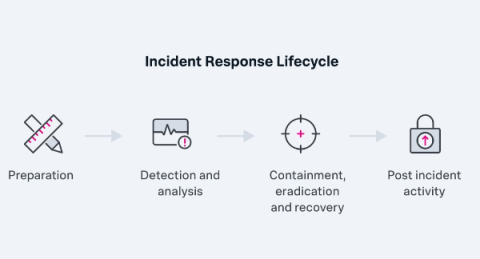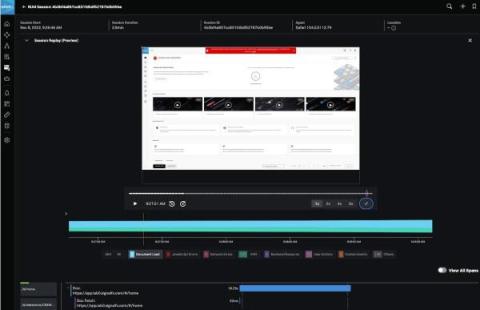When to Automate Recurring Events
“Is it worth it?” is probably the most common question customers ask business architects and value advisors. Whether it’s a software deployment or process improvement, customers want to be assured that the effort and risk of a project delivers real value. That is the question people in my line of work spend their days trying to answer. In many cases, the answer is complicated and requires a great deal of experience to explain.










